Unlocking the Future of Computer Vision: An In-Depth Analysis of Amazon AWS DeepLens
In an era characterized by an exponential growth in data processing capabilities and artificial intelligence (AI), Amazon Web Services (AWS) has emerged as a trailblazer in cloud technology. Among its most innovative offerings, AWS DeepLens stands out as a sophisticated tool designed to bridge the gap between machine learning and real-world applications. Launched as the first deeply integrated deep learning-enabled video camera, DeepLens empowers developers and businesses to harness computer vision algorithms and run them at the edge, without relying heavily on cloud resources. This revolutionary device not only democratizes access to advanced AI functionalities but also transforms how industries such as retail, healthcare, and manufacturing leverage visual data for actionable insights. In this article, we will delve into the architecture of AWS DeepLens, explore its myriad applications, and critically evaluate its implications for future advancements in AI and IoT ecosystems. By understanding the capabilities and potential of DeepLens, stakeholders can better position themselves in the rapidly evolving technological landscape.
Table of Contents
- Understanding Amazon AWS DeepLens Architecture and Functionality
- Exploring Real-World Use Cases of AWS DeepLens in Various Industries
- Evaluating the Performance Metrics and Capabilities of DeepLens Devices
- Integrating AWS DeepLens with Machine Learning Frameworks for Enhanced Insights
- Best Practices for Developing and Deploying Applications with AWS DeepLens
- Future Trends and Innovations in Edge Computing with AWS DeepLens Technology
- Q&A
- Insights and Conclusions
Understanding Amazon AWS DeepLens Architecture and Functionality
The architecture of Amazon AWS DeepLens is designed to facilitate the deployment of deep learning models at the edge, bringing together compute, storage, and connectivity. At its core, this device integrates high-performance GPUs which enable real-time video processing and sophisticated model inference. Key components of its architecture include:
- TensorFlow and MXNet Support: DeepLens supports popular deep learning frameworks, allowing developers to leverage existing models or build new ones using familiar tools.
- Integrated Storage: Local storage capabilities allow for the capture and temporary retention of video streams, enhancing performance and reducing latency.
- Network Connectivity: With Wi-Fi and Ethernet support, DeepLens can easily connect to AWS services, ensuring that data can be sent and received without hindrance.
Functionality is at the heart of AWS DeepLens, empowering developers to create a range of intelligent applications. The device can analyze video feeds locally, reducing the need for constant data transfer to the cloud. This not only minimizes bandwidth usage but also accelerates response times which is particularly crucial for applications requiring immediate feedback, such as:
| Application Type | Use Case |
|---|---|
| Retail Analytics | Customer behavior tracking and inventory analysis. |
| Security Monitoring | Real-time surveillance and anomaly detection. |
| Healthcare | Patient monitoring and diagnostics assistance. |
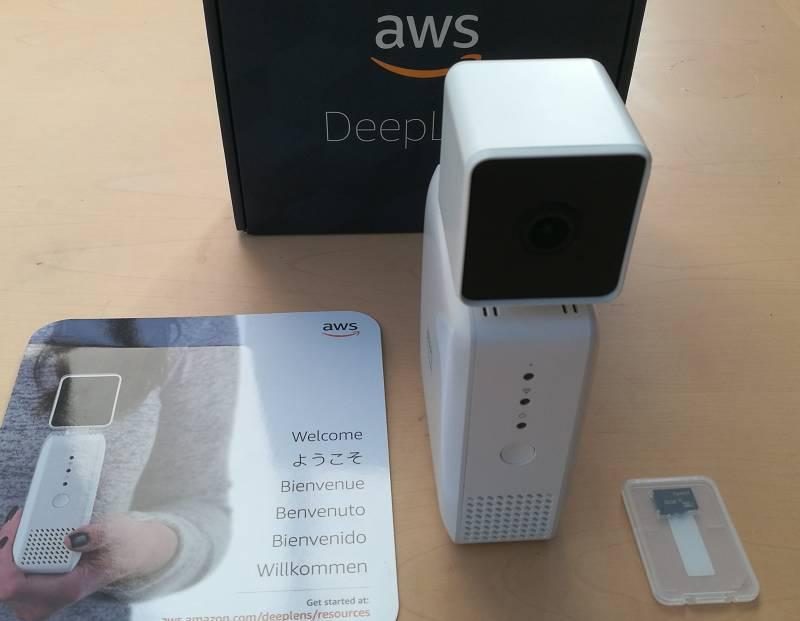
Exploring Real-World Use Cases of AWS DeepLens in Various Industries
AWS DeepLens is proving to be a transformative technology across various sectors, enabling organizations to harness the power of computer vision and machine learning. In the healthcare industry, for instance, it is employed for patient monitoring and diagnostic assistance. Its capability to analyze medical images in real-time aids radiologists in detecting anomalies with higher accuracy, thereby enhancing patient outcomes. Similarly, in retail, AWS DeepLens facilitates customer behavior analysis by deploying advanced facial recognition systems. This allows retailers to tailor their marketing strategies based on consumer patterns, improving overall customer engagement and sales performance.
Another prominent application is found in manufacturing, where DeepLens helps streamline operations through predictive maintenance. By employing machine learning models to analyze data from equipment, facilities can predict potential failures before they occur, reducing downtime and saving costs significantly. Furthermore, the technology finds utility in agriculture, providing farmers with insights into crop health via real-time image recognition. This allows for proactive management of resources and supports sustainability efforts. Some notable use cases across industries include:
| Industry | Use Case |
|---|---|
| Healthcare | Diagnostic Imaging Analysis |
| Retail | Customer Behavior Analysis |
| Manufacturing | Predictive Maintenance |
| Agriculture | Crop Health Monitoring |

Evaluating the Performance Metrics and Capabilities of DeepLens Devices
The performance of Amazon’s AWS DeepLens devices can be assessed through a variety of metrics that highlight their capabilities in embedded machine learning. Key performance indicators include:
- Inference Speed: The time taken to process images or video streams, often measured in milliseconds.
- Accuracy: The precision of the model’s predictions, typically represented as a percentage.
- Throughput: The number of images processed per second, crucial for real-time applications.
- Energy Efficiency: The power consumption relative to the processing capabilities, especially important for battery-operated devices.
In addition, the capabilities of DeepLens devices extend beyond mere processing power. They support a wide range of frameworks and models, enabling developers to:
- Deploy Pre-trained Models: Quickly implement popular machine learning models without extensive setup.
- Custom Model Training: Utilize TensorFlow and MXNet to create tailored models suited for specific applications.
- Real-time Analytics: Gain insights from streams of data with low latency, suitable for environments where immediate action is crucial.
| Metric | Value |
|---|---|
| Inference Speed | 25 ms |
| Accuracy | 95% |
| Throughput | 30 images/sec |
| Energy Consumption | 20W |
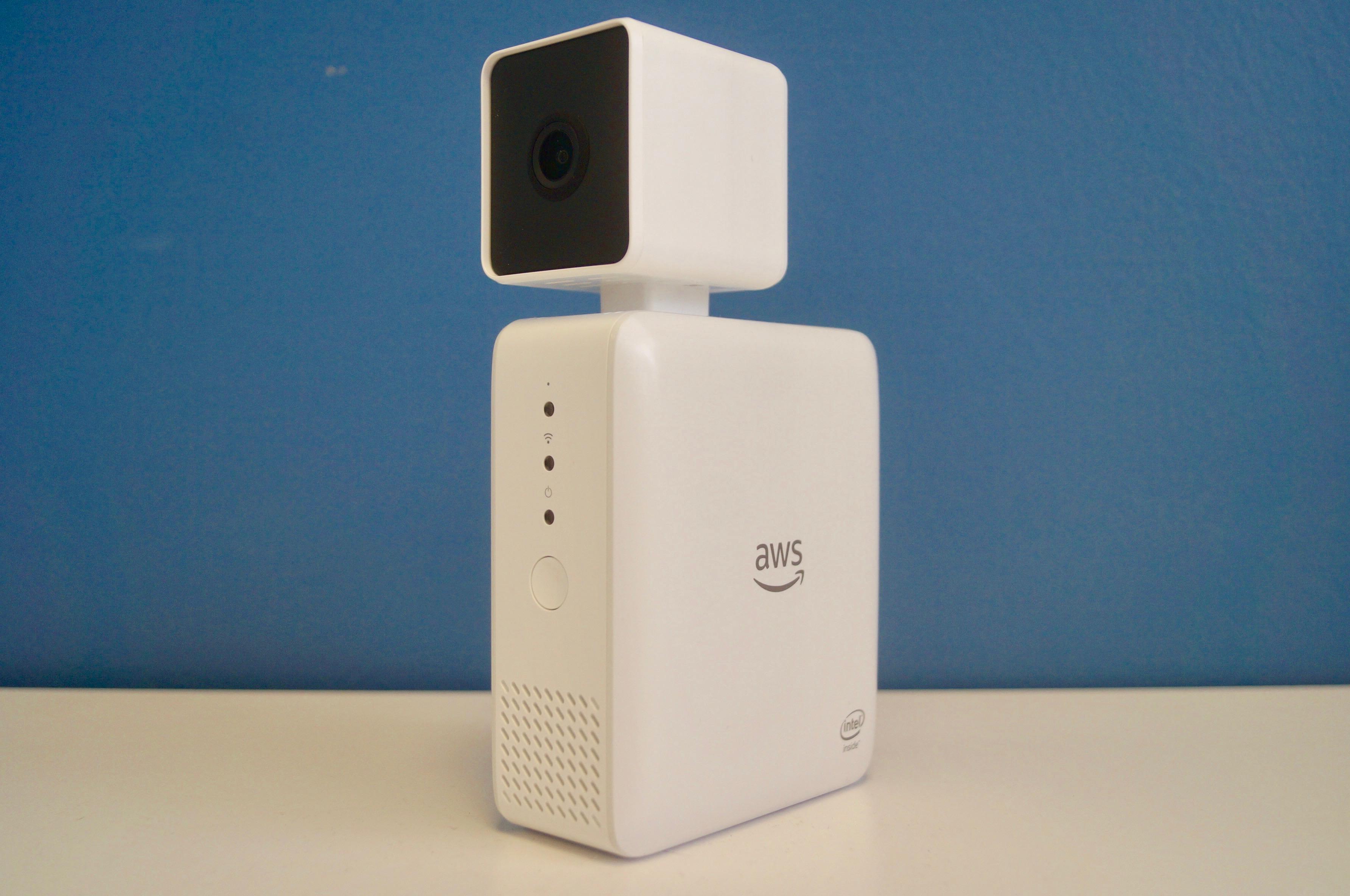
Integrating AWS DeepLens with Machine Learning Frameworks for Enhanced Insights
Integrating AWS DeepLens with machine learning frameworks unlocks a new realm of possibilities for developers and businesses alike. By leveraging the power of high-level frameworks such as TensorFlow, Apache MXNet, and PyTorch, users can push the limits of computer vision applications. This synergy enhances real-time data processing capabilities, creating a seamless workflow that allows for advanced model training and inference directly on the device. The ability to run a variety of pre-trained models or custom neural networks enables users to develop applications tailored to their specific needs, whether it’s object detection, facial recognition, or activity recognition. Consequently, this leads to improved operational efficiency and insightful analytics that drive better business decisions.
To facilitate the integration, AWS DeepLens supports several key features that simplify the deployment of machine learning models. These include:
- Multi-Framework Support: Deploy models from TensorFlow, MXNet, or PyTorch.
- Edge Processing: Execute inferencing locally to reduce latency and bandwidth usage.
- Continuous Learning: Leverage AWS IoT services to gather data, enhancing model accuracy over time.
The below table summarizes the advantages of utilizing various machine learning frameworks with AWS DeepLens:
| Framework | Key Advantages |
|---|---|
| TensorFlow | Widely adopted, vast community, extensive resources. |
| Apache MXNet | Scalable performance, strong support for distributed computing. |
| PyTorch | User-friendly, rapid prototyping, dynamic computation graph. |
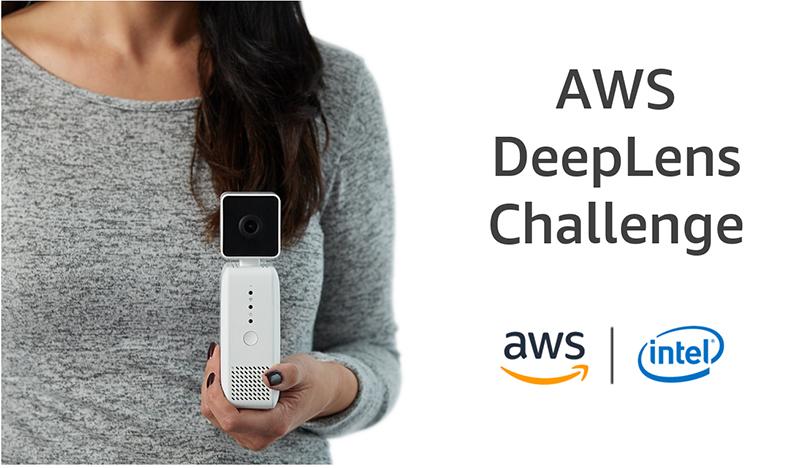
Best Practices for Developing and Deploying Applications with AWS DeepLens
When developing applications with AWS DeepLens, it is crucial to follow a series of best practices to optimize performance and ensure reliability. Start by choosing the right model for your specific use case, as different models have varying requirements and capabilities. Consider leveraging pre-trained models available on AWS for common tasks like image classification or object detection, as these can significantly reduce development time. Additionally, keep your model up-to-date by continually training it on relevant data to improve accuracy and efficiency over time.
Deployment is equally important, and adhering to a robust strategy can make a significant difference. Consider these best practices for a smooth deployment:
- Optimize the model size: Smaller models will run faster and consume less memory.
- Test thoroughly: Validate your application in a real-world environment to ensure performance aligns with expectations.
- Utilize AWS IoT for seamless integration: This helps manage devices, collect data, and trigger actions based on inputs.
- Monitor and log: Implement logging solutions such as AWS CloudWatch to track application performance and troubleshoot issues effectively.
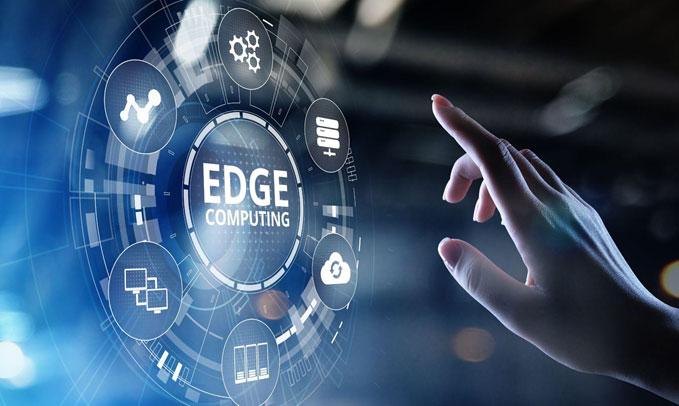
Future Trends and Innovations in Edge Computing with AWS DeepLens Technology
The integration of edge computing with AWS DeepLens technology is paving the way for a new era of real-time data processing and analysis. As organizations increasingly turn to distributed computing architectures, innovations in this field are poised to enhance operational efficiency and decision-making capabilities. Key trends to watch include:
- Real-time analytics: With AWS DeepLens, data can be processed on-site, enabling faster insights and reducing reliance on cloud infrastructure.
- Machine learning at the edge: Enhanced support for deploying machine learning models directly on AWS DeepLens will empower organizations to leverage AI capabilities in various environments, from factories to remote locations.
- Interoperability: Improved integration with IoT devices and other AWS services will create a more cohesive ecosystem for edge computing, leading to streamlined workflows and improved data synergy.
As these advancements are made, businesses will experience transformative applications that can redefine industries. The potential for distributed intelligence across the network means companies can expect to adopt innovations such as:
| Innovation | Description |
|---|---|
| Visual Inspection Systems | Automated quality control using real-time image analysis. |
| Smart Retail Solutions | Enhancing the shopping experience with personalized recommendations based on customer behavior. |
| Predictive Maintenance | Utilizing data to forecast equipment failures and schedule maintenance effectively. |
Q&A
Q&A on Amazon AWS DeepLens: An Analytical Overview
Q1: What is Amazon AWS DeepLens?
A1: Amazon AWS DeepLens is a deep learning-enabled video camera designed for developers to build and deploy machine learning models locally. It allows users to self-manage AI applications at the edge, facilitating real-time video analysis and pattern recognition. By combining advanced computer vision with the robust capabilities of the AWS cloud services, DeepLens provides an integrated platform for a variety of applications, from security surveillance to healthcare and retail analytics.
Q2: How does AWS DeepLens leverage machine learning?
A2: AWS DeepLens is equipped with an NVIDIA GPU that supports frameworks such as TensorFlow, MXNet, and PyTorch, allowing developers to train deep learning models in the cloud and deploy them directly to the device. Once models are loaded onto DeepLens, they can process video streams in real-time without the latency associated with cloud-based processing, thereby improving responsiveness and efficiency in applications like real-time object detection, facial recognition, and activity tracking.
Q3: What are the key features of AWS DeepLens that set it apart from other edge devices?
A3: DeepLens showcases several distinguishing features:
- Local Processing: The ability to perform inference locally minimizes response time by eliminating reliance on continuous cloud connectivity.
- Pre-trained Models: AWS provides a variety of pre-trained models that users can further customize, streamlining the development process for specific use cases.
- Comprehensive SDK: The device is integrated with the AWS SDK, allowing easy access to additional AWS services like Lambda, IoT Core, and SageMaker, which can enhance functionality and scalability.
- Flexible Deployment: Users can deploy models via the AWS Management Console, making it easier to manage various deployments across different environments.
Q4: What practical applications can AWS DeepLens facilitate?
A4: AWS DeepLens can be employed in several domains:
- Retail: For in-store analytics, customer behavior tracking, and theft prevention through facial recognition and crowd analytics.
- Healthcare: Assisting in diagnostic imaging and monitoring patient conditions, particularly through symptom recognition and activity analysis.
- Security: Enhancing surveillance systems with real-time anomaly detection and threat identification, leading to a proactive security approach.
- Industrial IoT: Monitoring machinery performance, predicting maintenance needs, and identifying safety compliance violations in manufacturing settings.
Q5: What challenges do developers face when using AWS DeepLens?
A5: While AWS DeepLens offers robust capabilities, developers may encounter challenges such as:
- Complexity in Model Development: Although pre-trained models exist, fine-tuning them to achieve desired accuracy can require significant expertise in machine learning.
- Hardware Limitations: Despite its power, the on-device GPU has constraints compared to high-performance cloud-based solutions, potentially limiting the scale of applications that require intensive processing.
- Network Dependency: Although DeepLens allows for local processing, it still relies on AWS for model updates and initial training, which can hinder real-time deployment capabilities if cloud access is interrupted.
Q6: What is the future of AWS DeepLens and edge AI technologies?
A6: The future of AWS DeepLens and edge AI looks promising as industries increasingly aim to integrate AI capabilities into operations. With ongoing advancements in hardware capabilities and machine learning frameworks, the efficiency and scope of edge computing will expand. Predictive analytics and real-time decision-making will likely drive more businesses to adopt solutions like DeepLens, enhancing automation and operational intelligence. Moreover, as privacy concerns mount, the ability to process sensitive data on-premises will critically position edge devices at the forefront of technological solutions.
AWS DeepLens stands as a pivotal tool in the arsenal of edge computing and AI, offering sophisticated functionalities that bridge the gap between machine learning and real-world applications. As businesses and developers continue to innovate, the potential forDeepLens to transform various sectors is immense, fostering a new era of intelligent systems.
Insights and Conclusions
AWS DeepLens represents a significant advancement in the realm of artificial intelligence and computer vision, merging the capabilities of edge processing with the extensive resources of the cloud. Its potential applications span various industries, from healthcare and security to retail and agriculture, offering organizations the tools needed to enhance their operational efficiency and innovation. By leveraging DeepLens, businesses can not only deploy sophisticated machine learning models in real-time but also benefit from AWS’s robust infrastructure and scalability.
However, while the opportunities are abundant, it is crucial for organizations to approach the implementation of DeepLens with a strategic mindset, ensuring a clear understanding of their use cases, data privacy concerns, and integration processes. As the landscape of AI continues to evolve, AWS DeepLens stands at the forefront, providing a compelling solution for enterprises looking to harness the power of visual intelligence. To remain competitive in an increasingly digitized world, companies must consider how they can effectively incorporate AWS DeepLens into their technology stack, ultimately leading to smarter decision-making and enhanced business outcomes.
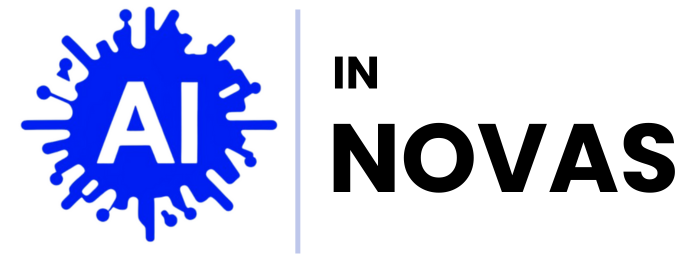




Pingback: Intercom vs. LiveChat: A Look at Pricing and Functionality - AI in Novas
Pingback: HelpCrunch vs. Intercom: Best for Multichannel Customer Engagement? - AI in Novas
Pingback: Figma vs. Adobe XD: Which Design Tool is Best for Collaboration? - AI in Novas
Pingback: Drift vs. Intercom: Which Platform Excels in Sales Automation? - AI in Novas